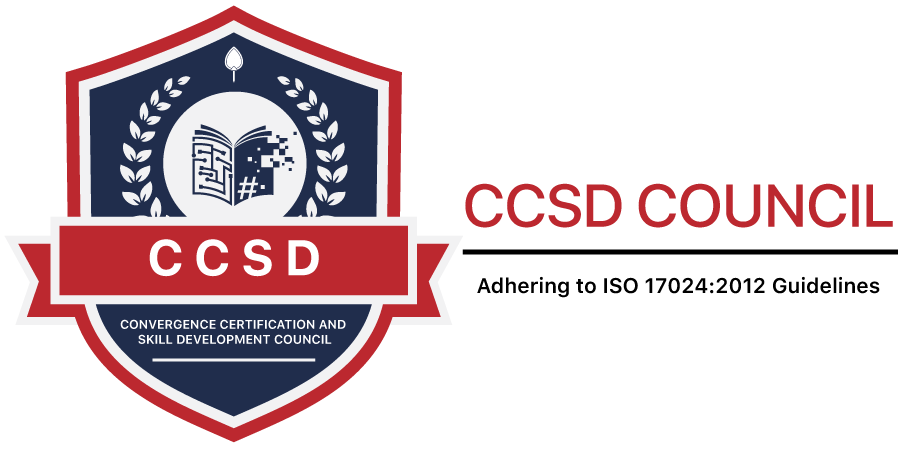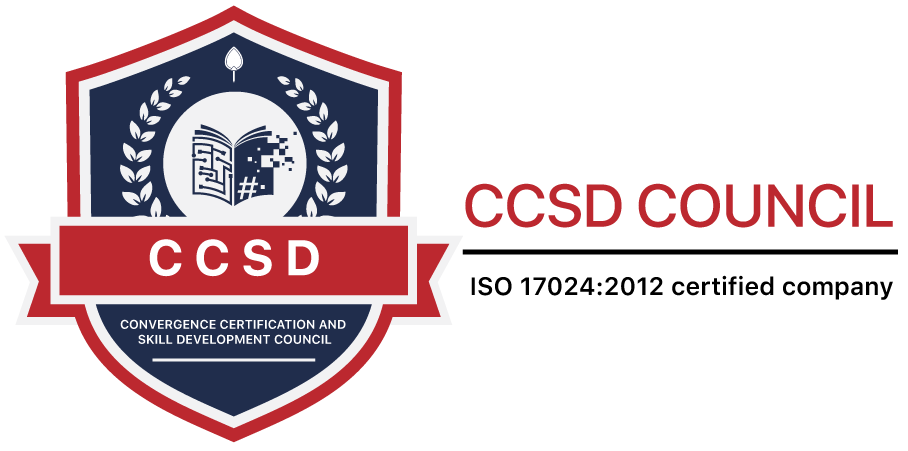The Small-Model Moment: Why SLMs Are Outshining Giants in 2025
TL;DR: Small language models (SLMs) — think ~100M to ~7B parameters — are winning more production workloads because they’re cheaper, faster, easier to govern, and “good enough” once you add retrieval, tools, and smart routing. Big models still matter for open-ended reasoning and novel generation, but the center of gravity for day-to-day enterprise tasks has shifted toward smaller, specialized systems.
1) What changed: from “bigger is better” to “right-sized is better”
The 2023–2024 boom taught us that massive LLMs can do almost anything—at a price. In 2025, three forces flipped the calculus:
- Tool-use and retrieval got good: With structured RAG, function calling, and agents, you don’t need encyclopedic parameters if your model can fetch facts and run tools.
- Hardware moved to the edge: Commodity GPUs, NPUs in laptops/phones, and lean inference runtimes make small models snappy on local or dedicated hardware.
- Governance pressure rose: Auditing prompts/outputs, red-teaming, and data-residency rules are far easier to satisfy with smaller, contained models you can self-host.
Result: for many workloads (classification, routing, summarization, drafting with tight context, code helpers, FAQ copilots), SLMs deliver lower latency, lower cost, and tighter control—with no material quality loss.
2) Where SLMs shine (and why)
- Deterministic, repeatable tasks
- Examples: tagging, triage, template-based drafting, QA gating, short-form summaries.
- Why SLMs win: constrained domain + retrieval = minimal hallucinations; batching boosts throughput; cost per call is tiny.
- On-device and near-edge experiences
- Examples: email auto-replies in clients, IDE assistants, field-service apps with poor connectivity.
- Why: privacy, sub-100ms latency targets, and offline operation.
- Private data and compliance-heavy flows
- Examples: HR/finance data extraction, regulated customer support, contracts pre-screening.
- Why: self-hosting + narrow fine-tunes simplify audits and reduce data egress.
- Agent pipelines with guardrails
- SLMs act as routers, planners, or critics, escalating only “hard” queries to a large model.
- Effect: 50–90% of traffic stays small and cheap; only edge cases hit the expensive path.
3) Where big models still dominate
- Open-ended reasoning across unfamiliar domains
- Long-horizon planning with many interdependent steps
- Creative generation (novel content, complex code from scratch)
- Zero-shot generalization on tasks with little domain structure
The pragmatic approach in 2025 is hybrid: default to SLMs, escalate to an LLM when confidence dips or complexity spikes.
4) Architecture patterns that make SLMs unbeatable
A. Router → SLM → (optional) LLM escalation
Use a fast router (can itself be an SLM) to classify intent, detect risk, and choose a path.
pseudoCopyEditfunction serve(request):
intent, risk, difficulty = router.analyze(request)
if risk == "high" or difficulty == "hard":
return LLM.handle(request) // expensive, accurate
else:
return SLM.handle(request) // cheap, fast
Tip: Train the router on your historical tickets/queries with labels like handled locally, needs tools, needs legal review, escalate to LLM.
B. Tool-aware SLMs (RAG + functions)
Pair the SLM with:
- Retriever (vector + keyword + metadata filters)
- Graph/structured store (for entities, relationships, policy)
- Function registry (search, calculators, internal APIs)
The SLM’s job isn’t to “know”; it’s to decide when and how to fetch or call.
C. Cascade with critics
Add a critic SLM after the first draft to score completeness, risk, and policy adherence. If score < threshold → escalate or request missing facts.
5) The SLM Playbook (step-by-step)
- Map tasks by constraint
- Axes: latency target, privacy sensitivity, novelty of output, failure cost.
- Anything with tight latency, high privacy, low novelty → SLM candidate.
- Design the retrieval layer first
- Clean, versioned corpora; hybrid search; freshness policies.
- Structure recurring entities (customers, SKUs, contracts) in a graph or table to reduce hallucinations.
- Start with a strong base SLM
- Choose for your language mix, token window, and runtime (GPU/CPU/NPU).
- Fine-tune with supervised examples from your domain; prefer lightweight adapters (LoRA/QLoRA) for maintainability.
- Instrument everything
- Track: latency, cost/call, retrieval hit rate, function-call success, escalation rate, factuality/grounding, and user CSAT.
- Build a golden set of queries + expected outputs for continuous eval.
- Governance by design
- Add allow/deny tool lists per role.
- Add PII detectors and policy prompts.
- Keep an immutable event trail: prompt → context → tools → outputs.
- Tune the router thresholds
- Lower threshold → more LLM calls (better quality, higher cost).
- Raise threshold → more SLM coverage (cheaper, watch quality).
- Iterate weekly based on eval scores and business KPIs.
6) Benchmarks that matter (beyond accuracy)
- p95 latency under production load
- Total Cost of Ownership (TCO) per 1k tasks (inference + ops)
- Grounding rate: % of outputs citing retrieved sources
- Escalation rate: % routed to LLM (and why)
- Edit distance: how much humans edit drafts
- Safety incidents: prompt-injection caught, policy violations prevented
A common pattern: after 4–6 weeks of tuning, teams see sharp drops in escalation as retrieval improves and domain fine-tunes mature. That’s your compounding return: the more you operate, the better (and cheaper) it gets.
7) Real-world patterns by function
- Support: SLM drafts + tool calls (order lookup, refund calc) → human approve → LLM only for escalations with novel policy nuances.
- Sales/RevOps: SLM qualifies inbound leads, enriches with CRM data, drafts first replies; LLM helps craft bespoke proposals.
- Finance: SLM-based document extraction (POs, invoices) + validation rules; LLM assists with commentary for management reports.
- Engineering: SLM code linters and snippet explainers in IDE; LLM for cross-repo refactors or complex design docs.
- HR/Legal: SLM checklist compliance, clause spotting, and redline suggestions; LLM for bespoke negotiation language.
8) Pitfalls to avoid
- Treating RAG as an afterthought: Noisy or stale corpora will tank SLM quality. Own your data pipeline.
- Skipping a router: One-size-fits-all models either bloat costs or miss edge cases.
- No offline golden set: If you can’t reproduce failures, you can’t improve.
- Prompt sprawl: Lock shared prompts as code with versioning and tests.
- Over-fitting on vanity benchmarks: Optimize for your business evals, not generic leaderboards.
9) Buying vs. building in 2025
- Buy when: your use case is commodity (FAQ bots, email drafting), your team is small, or compliance requires vendor guarantees.
- Build when: you have proprietary data/tools, strict latency/privacy needs, or you want routing + retrieval tailored to your stack.
- Hybrid: Adopt a hosted SLM for speed, mirror it on your infra for sensitive workloads; keep a swap-friendly abstraction layer so vendors remain interchangeable.
10) The bottom line
“Smaller” doesn’t mean “weaker” anymore. In 2025, the winning pattern is right-sized intelligence: SLMs that are retrieval-rich, tool-using, observable, and routed—paired with a big model safety net for the truly hard stuff. If you design your system around decisions, not just generations, you’ll ship faster, spend less, and stay in control.
Starter checklist
- Define router criteria and thresholds
- Stand up clean retrieval with freshness rules
- Pick a base SLM + lightweight fine-tune plan
- Build a golden eval set tied to business KPIs
- Add critics/guards and full audit trails
- Review escalation analytics weekly; tune until the SLM handles the default path
Call to action: Inventory your top 10 AI tasks. If 6+ are structured, time-sensitive, or privacy-sensitive, pilot an SLM-first pipeline. You’ll feel the difference in your latency, costs, and sleep.





